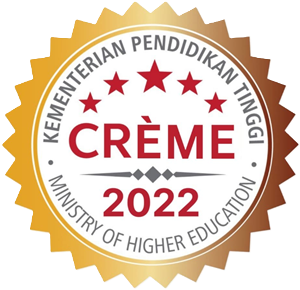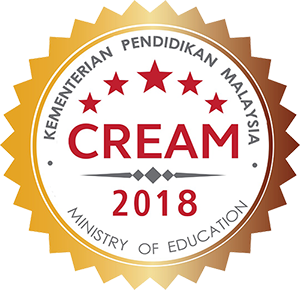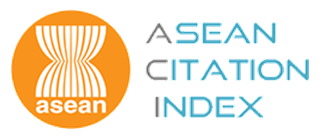CAROTENOIDS, RETINOL ACTIVITY EQUIVALENTS (RAE), AND POLYPHENOLS-RICH PROFILING IN TRADITIONAL HERBS CONSUMED BY LOCAL FOLKS
DOI:
https://doi.org/10.26525/jtfs2025.37S.SI.1Keywords:
Traditional herbs, carotenoids, polyphenols-rich, retinol activity equivalent, food securityAbstract
Active ingredients responsible for food colorant and aromatic features play a critical role in the quality of traditional herbs. Even though traditional herbs are popular among local consumers, scientific findings on their medicinal properties, specifically carotenoids and polyphenols activities are still lacking. This study evaluates the composition of carotenoids and polyphenol-rich in fifteen traditional herbs namely Allium tuberosum, Anacardium occidentale, Cosmos caudatus, Morinda citrifolia, Murraya koenigii, Oenanthe javanica, Polygonum minus, Kaempferia galanga, Pandanus amaryllifolius, Premna foetida, Curcuma longa, Manihot esculenta, Cymbopogon citratus, Senna alata and Lawsonia inermis which are consumed by the local folk. The leaves and stem were extracted using liquid-liquid extraction (carotenoids) and alkaline extraction (sodium hydroxide with 2M). For polyphenols, the crude extract supernatant was re-extracted with different solvents (petroleum ether, ethyl acetate and butanol). These fractional extracts were analysed qualitatively and quantitatively using High-Performance Liquid Chromatography (HPLC). The results revealed five types of carotenoids: neoxanthin, violaxanthin, lutein, zeaxanthin, and β-carotene. These carotenoid profiles varied in concentration and composition in different species. Total carotenoid content ranged from 2.0 to 600 μg/g DW, with P. foetida leaves displaying the highest content (6646.16 ± 12.43 μg/g DW). The total vitamin A activity (retinol equivalent, RE) of O. javanica and P. minus species was also included. Meanwhile, for polyphenol analysis, most phenolic acids were detected in ethyl acetate extract compared to ethanol and hexane, which is dominated by trans-p-coumaric acid, followed by vanillic acid and caffeic acid. These traditional herbs may be promoted as active pharmaceutical ingredients to improve human health.









